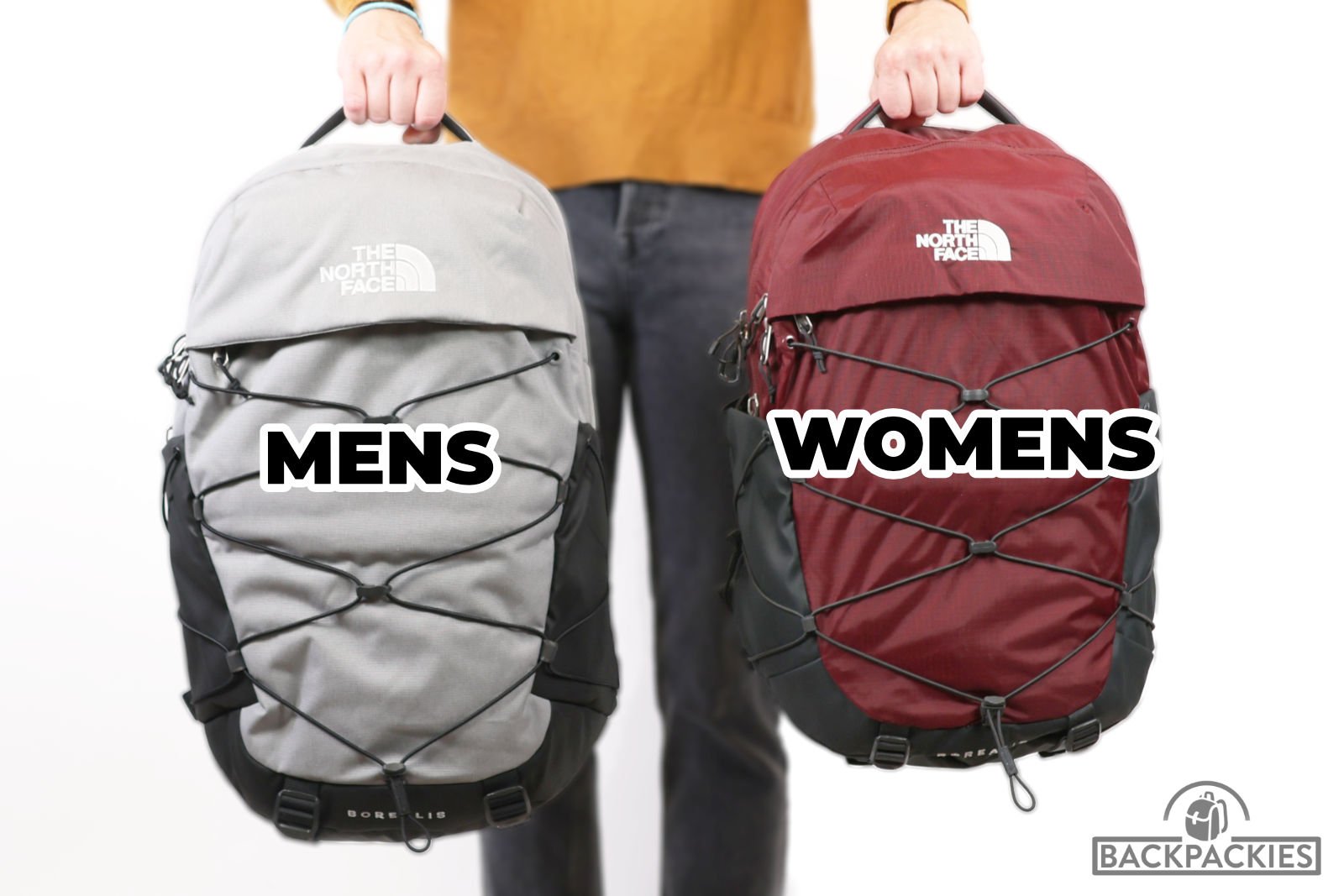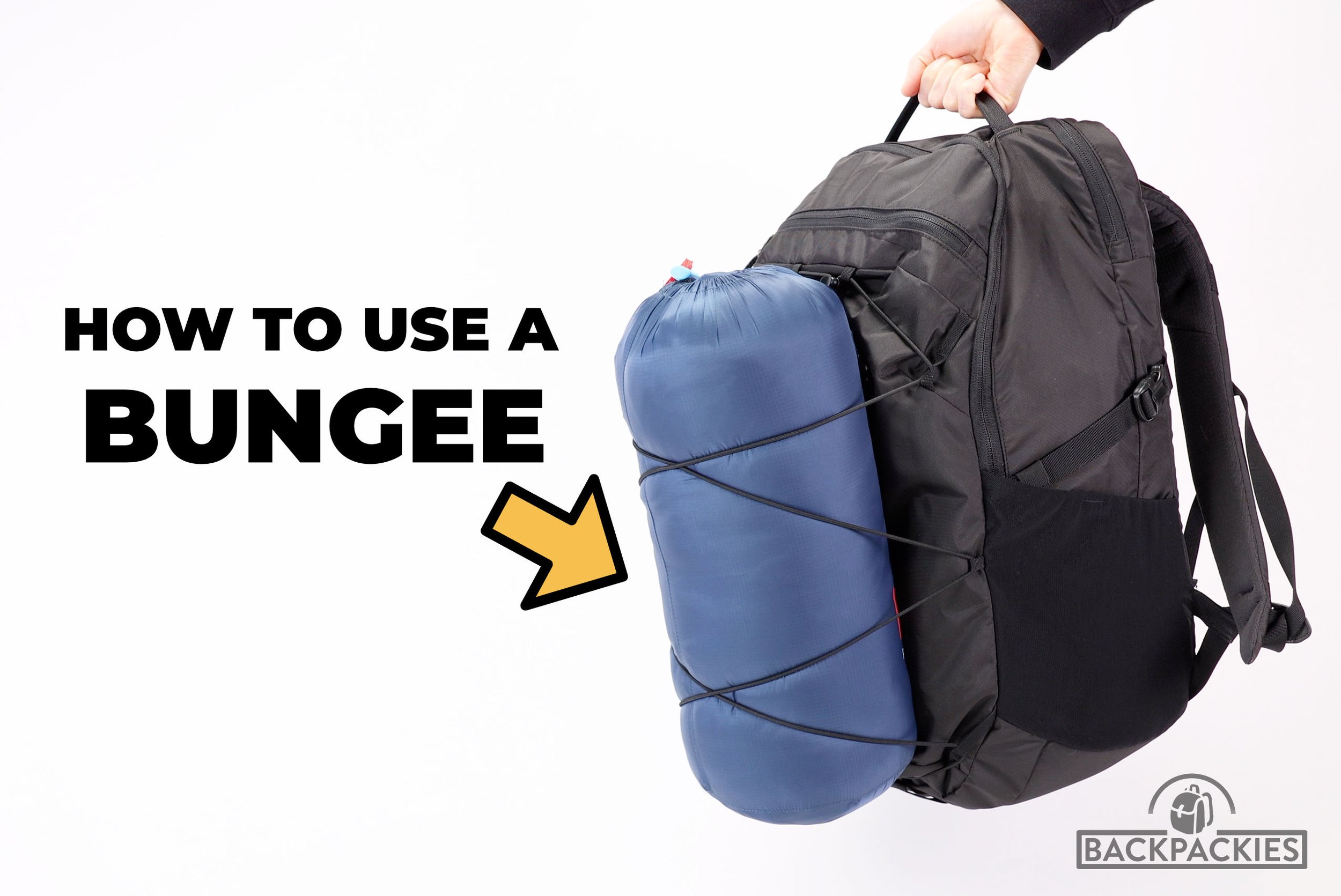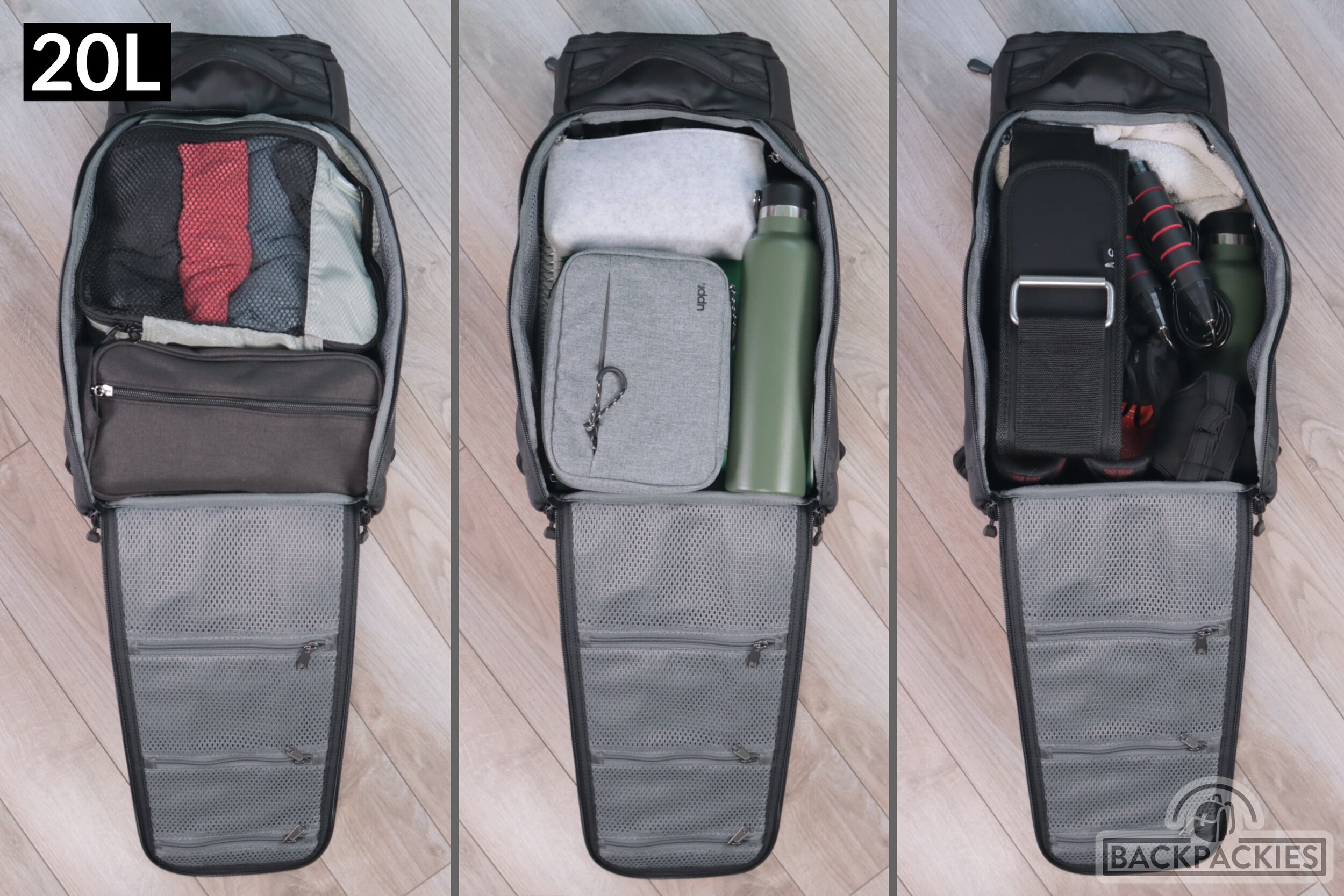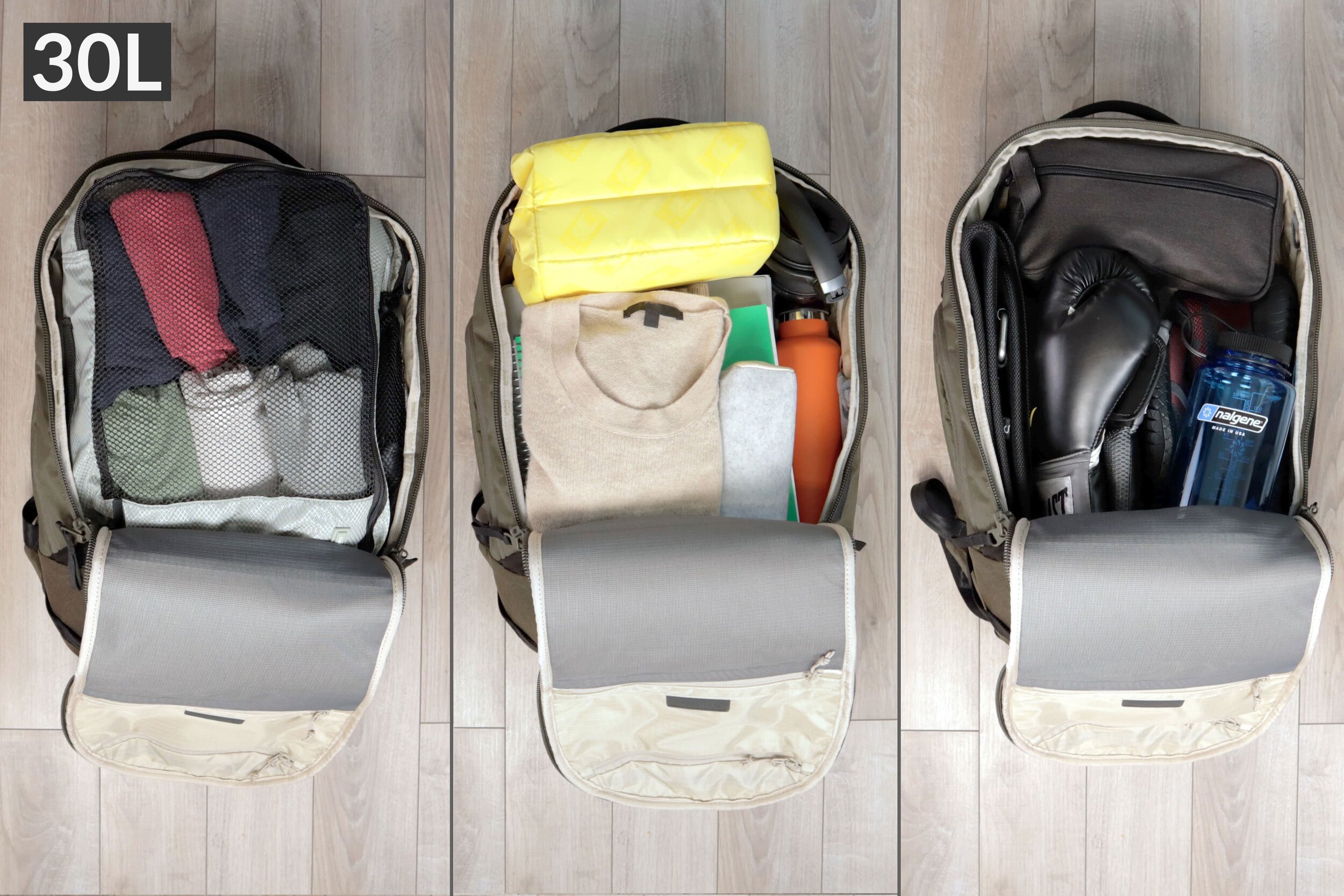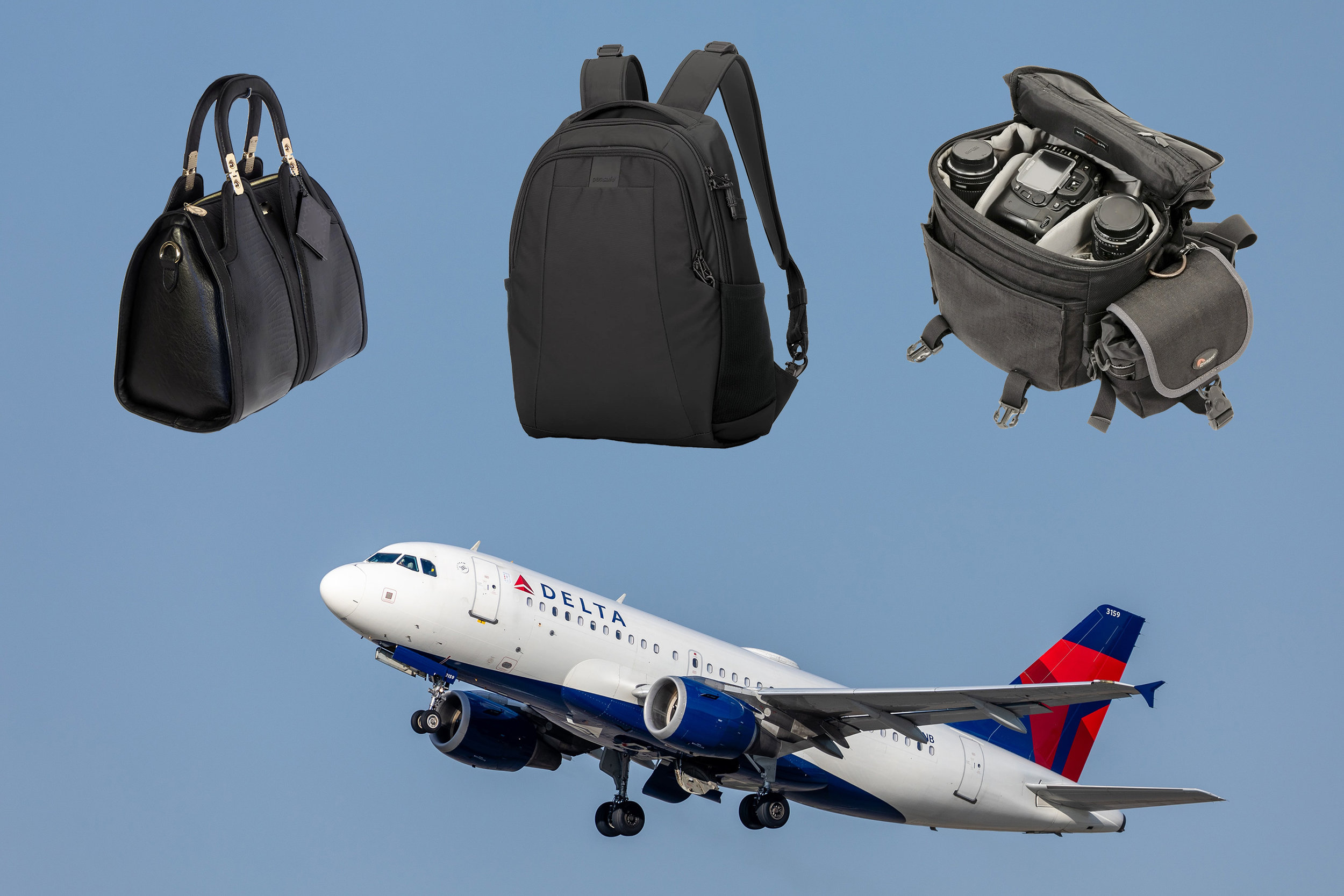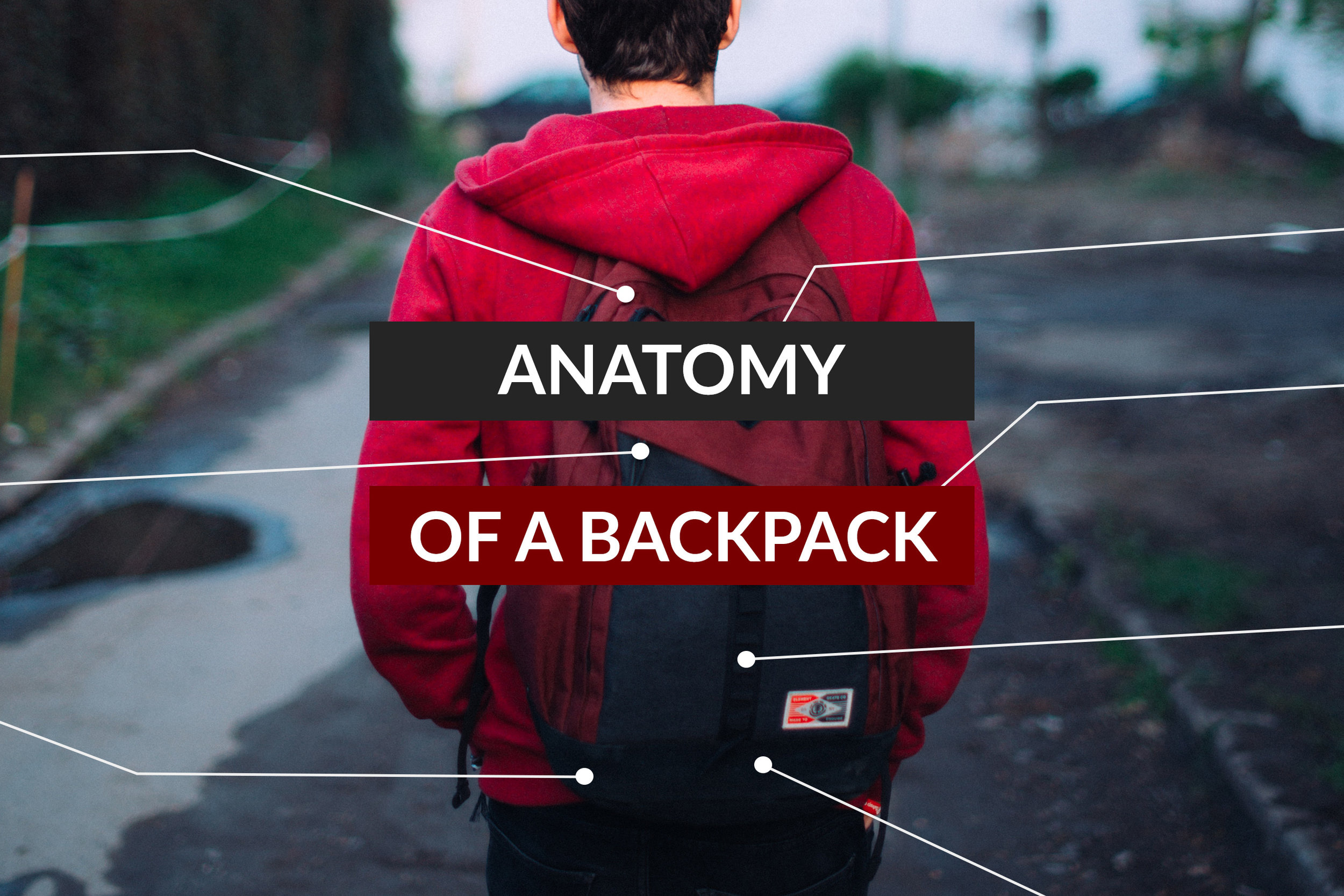How to Find a Backpack That Fits (In 3 Steps)
Proper backpack fit is the most important criteria in finding the perfect backpack. Not only will wearing a good fitting backpack prevent back and shoulder pain but it will also look better when worn.
Luckily, finding a backpack that fits is as easy as measuring your body and determining the correct measurements. The entire process from measuring to sizing can be done in three simple steps outlined below. This guide is especially useful for anyone who is shopping for a backpack online and needs a better idea of how a backpack will fit without having the ability of trying it on.
What you’ll need
Fabric Measuring Tape
Backpack dimensions (if you are shopping online)
Step 1 - Find
Before you being measuring yourself, you will need to find your iliac crest and seventh cervical vertebrae (C7). Both of these points are crucial for a proper waist and torso measurements .
Find Your Iliac crest
Find your iliac crest by placing your hands on the side of your hips and pressing down. The bony bump on the side of your hips is the iliac crest. You will need this point for both your torso and waist measurements.
Find Your C7
Next you must find your seventh cervical vertebrae also known as your C7. The C7 can be easily found by standing up straight and tucking your head forward. You should be able to feel a protruding vertebra at the base of your neck, that is your C7. You will need this point for your torso measurements.
Below are artsy photos that illustrate how to find the iliac crest and C7.
Step 2 - Measure
Now it’s time to find your waist and torso measurements.
Waist measurement
Find your waist measurement by using a fabric measuring tape to measure the circumference of your natural waist. You are going to want to measure around the top of your hips, hugging the iliac crest.
Torso measurement
To find your torso length you will have to measure from your C7 (the top of your torso) to the iliac crest (the bottom of your torso). Make sure you are standing up straight for this measurements. You may need a friend to help you measure.
Step 3 - How to fit a backpack
It’s now time to take a closer look at how a backpack should fit based on your measurements.
Backpack length
A proper fitting backpack should begin two inches below the shoulder and end at the waist. Ideally you would want the backpack to not extend past two inches above your hips for a comfortable fit.
Adjusting the shoulder straps can help in positioning the backpack correctly on your back. The key is to choose a backpack that is not too long and not too short.
Backpack width
Your backpack’s width should not be wider than your torso. Although wearing a narrower backpack is fine, you should avoid wearing a backpack that extends to the sides. This is a sign that the bag is too big for your frame.
Hip belts and sternum straps
Hip belts and sternum straps are used to help distribute weight when wearing heavy loads. Although mostly founds in outdoor and travel backpacks, they can sometimes be found in daypacks and school backpacks as a comfort feature.
The hip belt should hug your iliac crest and the padding should sit on top of your hips. A properly fitting hip belt will help take the strain off your shoulders and help avoid back and shoulder strain.
The sternum strap should improve the stability of your load by resting about an inch below your collarbone. A proper fitting sternum strap will keep your backpack from swaying and improve stability.
A Few More Tips
Your measurements should be your reference point when shopping for a new backpack. This is especially true if you can’t try on a backpack in person and are strictly shopping online where bag measurements are all you have to go by.
Outside of speciality backpacks like those used for mountaineering or hiking, most backpacks don’t come in different sizes. This means you have to come to terms that some backpacks may be too big or too small for your frame.
Mens vs Womens Fit
Sometimes brands release different versions of a bag to fit either men or women. Although sometimes you may see differences in color schemes, the real differences can be found in the bag’s dimensions. Most women’s backpacks are made with smaller frames in mind and take in consideration things like chest strap positioning, back paneling and shoulder strap distance.
If you are a man with a smaller or slender frame, going with a women’s fit backpack will be a better choice. Likewise, women with broader shoulder and larger frames may be more comfortable wearing a backpack with a men’s or unisex fit.






